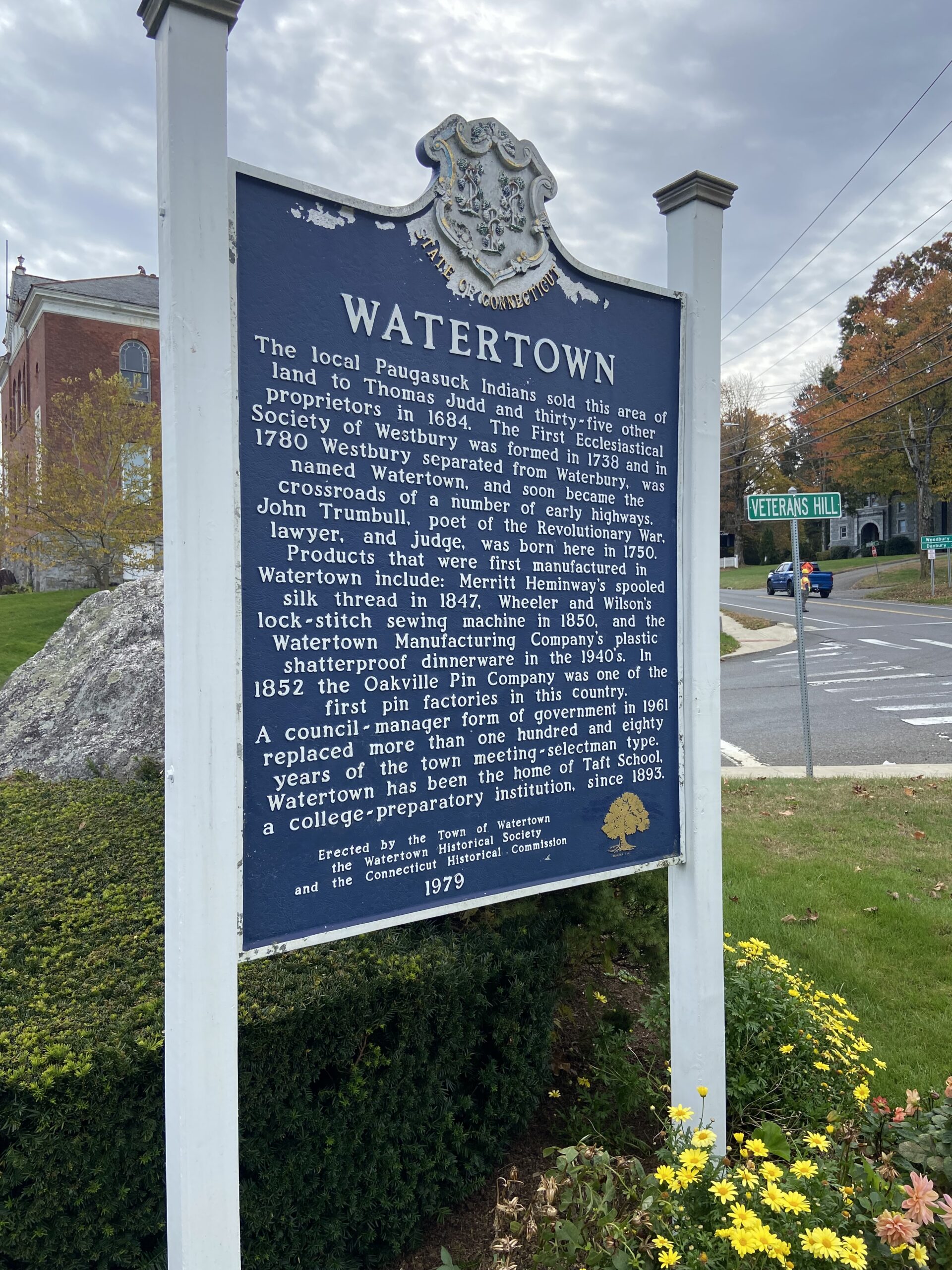Property Taxes in Rhode Island Hold Steady
In 2017, Rhode Island began attracting new residents faster than existing residents were moving out of state, also known as “net migration inflow.”(1) This contrasts with its New England neighbors, Connecticut and Massachusetts, where more residents moved out than moved in, due in part to high taxes and the prospect of higher taxes in the future. Were newcomers to Rhode Island enticed by its beautiful and extensive coastline or did local taxation play a role? And now that COVID is behind us, what has happened to the local tax burden in the Ocean State in the past five years?
At Pality, publisher of TownScoreReport.com, we examine the impact of local taxes paid by residents in Rhode Island over the period from 2018 to 2023, that is, before COVID to after COVID. We capture all taxes and fees paid to local governments, including property taxes, which is the largest local tax item, special assessments, other taxes, fees, and other revenue derived from taxpayers.
We measure the change in taxes and fees in three ways: First, in dollars per household, and we compare this to inflation to observe whether the taxes increased in “real” terms, meaning on an inflation-adjusted basis.
Second, we measure “tax burden,” which is taxes and fees as a share of taxpayers income, to observe if local governments are taking less or more out of taxpayers’ wallets.
And third, we measure taxes and fees as a percent of the market value of the median home in the city or town, which we call the “effective” property tax rate.
We aggregate the experience across households in the 39 cities and towns in Rhode Island. The aggregation illuminates the local tax experience of the average taxpaying household in the state. Any given household’s experience can deviate significantly from the average. For example, one’s property assessment can rise more than average, or one’s income can rise less than average, which will make the impact from taxation more severe than the averages presented here.
What was Rhode Island’s change in Local Taxes and Fees per Household?
Percent Change in local Taxes and Fees, Dollars per Household: + 4.4%
In Rhode Island, taxes and fees increased overall by 4.4% per household during the period. Overall, taxes and fees increased 9% from fiscal year 2018 to fiscal year 2023, but the number of taxpaying households grew at about half this rate of 4.5%, making local taxes and fees paid per household grow by only 4.4%. Given that inflation increased over the same period by 21%, the “real” inflation-adjusted impact of local taxation declined considerably for Rhode Island residents.
What was Rhode Island’s change in Local Tax Burden?
Percent Change in local Taxes and Fees, Share of Household Wallet: – 23.8%
In Rhode Island, the local tax burden fell over the five-year period by nearly 24%. Household incomes increased by 37% over the five-year period. Concurrently, local taxes and fees per household grew by only 4.4%. As a result, the share of the average Rhode Island taxpayer’s wallet used to pay local taxes and fees declined.
What was Rhode Island’s change in the Effective Property Tax Rate?
Percent Change in local Taxes and Fees, as Percent of Home Value: – 32.1%
In Rhode Island, the local effective property tax rate fell by 32%. This means that taxpaying households paid 32% less in local taxes as a percent of the market value of properties than they paid in 2018, for the median-priced home. Median house prices surged by nearly 54% over the period, significantly outpacing the 4.4% increase in dollars per household paid to local governments.
Summary
In summary, the local tax experience has improved in several ways for the average taxpayer in Rhode Island. However, while local taxes and fees declined as a percent of average household income, taxpayers whose income growth did not keep pace with the average, such as retirees on fixed incomes, saw their burdens increase. Similarly, while home prices have increased much faster than local taxes, a higher market valuation of one’s house does not pay the tax bill.
As for how Rhode Island’s local governments managed their tax increases compared to local governments in Connecticut and Massachusetts, Rhode Island cities and towns did far better for taxpayers. Population in the state has grown by 3.6%, triple the Connecticut growth rate and more than double the Massachusetts rate. Yet, like its Connecticut and Massachusetts neighbors, school enrollments have been falling. Since 2018, enrollments have declined by 3.9%, the same decline as in Connecticut and somewhat higher than the 3.6% decline in Massachusetts. However, while tax revenue increased, at least the rate of increase was significantly less than inflation. As a result, “real,” inflation-adjusted taxation fell rather than rose.
Perhaps this trend is already understood by homeowners and homebuyers alike as the state, unlike its two neighbors, continues to experience a steady stream of net migration inflows.
- https://www.unitedvanlines.com/newsroom/movers-study-2023
Source, Pality. Copyright 2025, other than noted above.


